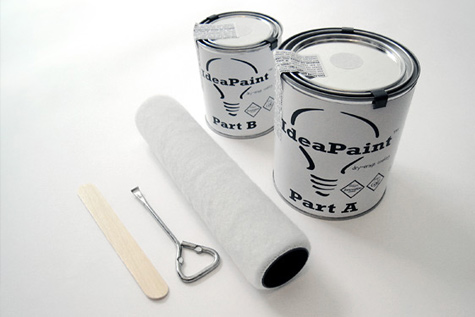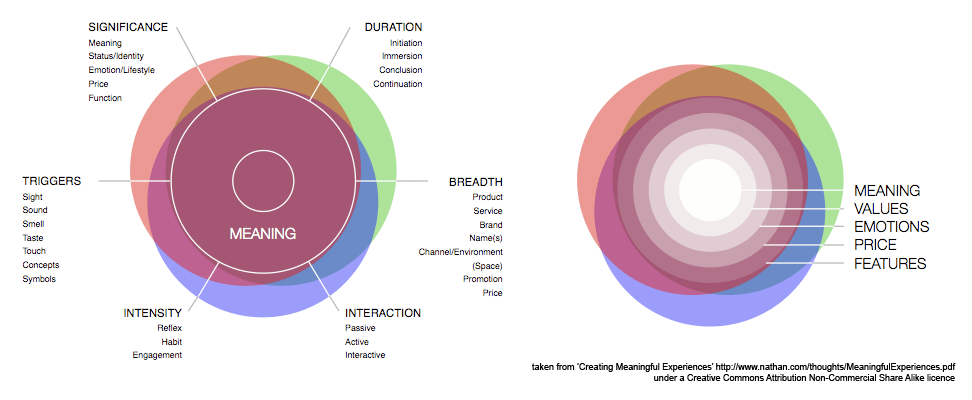A Video Game That is a Zen Poem
Monday, January 11th, 2010Successful video games are packed-full of cognitive design insights. So I am always on the look out for games that offer a “new category” of cognitive experience for users. The idea is to reverse engineer them and apply their high-impact features and functions to other design challenges.
In 2009 the killerApp from a cognitive design standpoint has to be Sony’s Flower. In flower you are the wind and make a poem through interaction with flowers and landscapes. All this happens by using a single button (any button) and tilting your controller while listening to a zen-like soundtrack. Sounds a bit mushy (the category is called Zen gaming) but it is capturing the cognition of millions. The question for the cognitive designer is how does it work?
I’ve included a still below but check out this this 4 minute video clip. Better, spend some time with the actual game.












